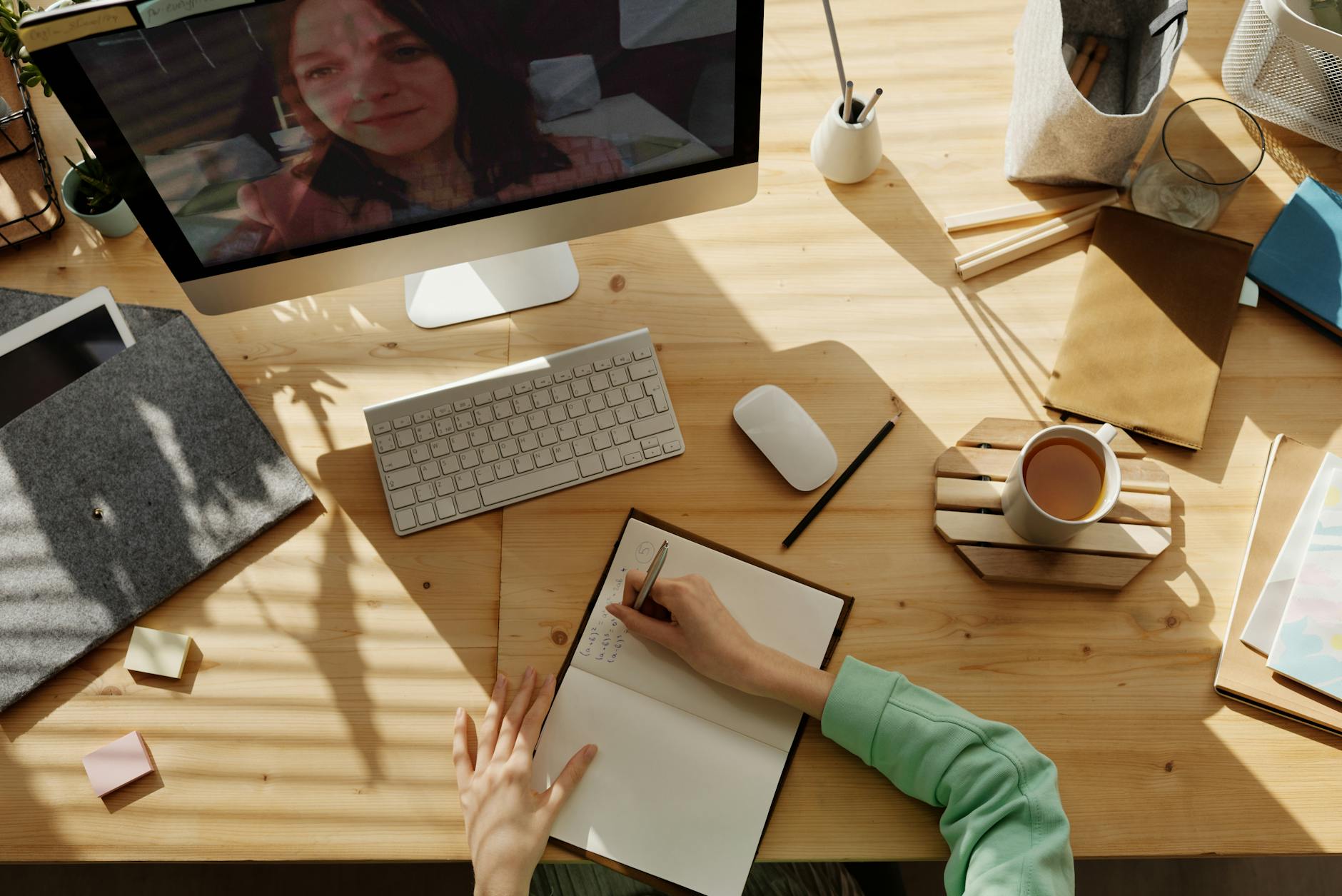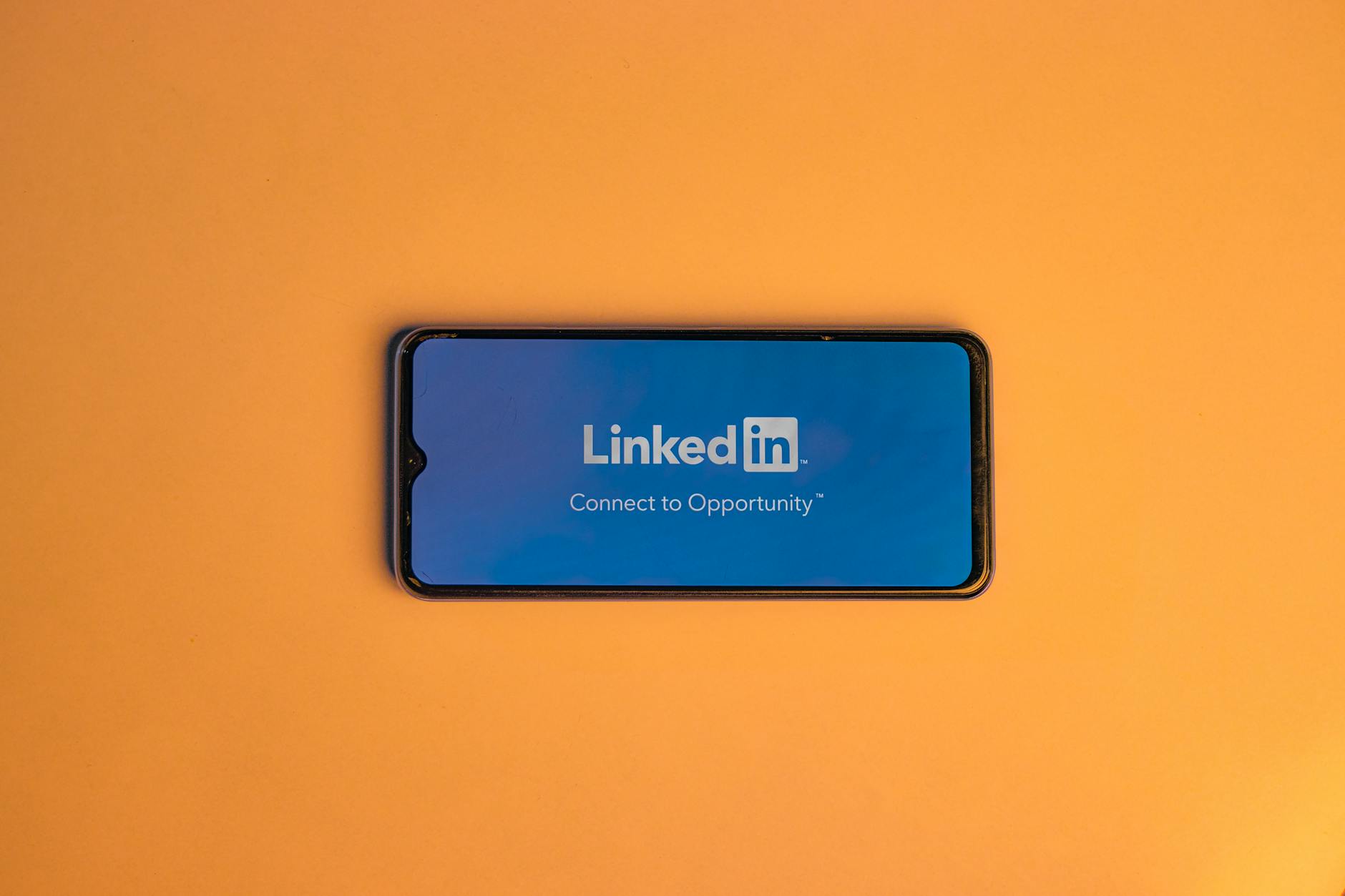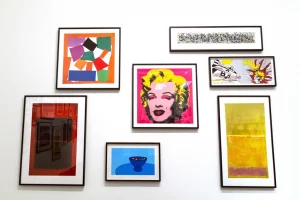
DALL·E, developed by OpenAI, is a powerful AI image generator capable of producing highly realistic visuals. However, to achieve the best results, you need to craft precise and detailed prompts. This guide will teach you how to write perfect DALL·E prompts to generate lifelike, high-quality AI images with accuracy and detail.
1. Why Well-Structured Prompts Matter
DALL·E interprets your prompts literally, so the more detailed and descriptive your input, the better the output. A well-structured prompt:
- Improves image clarity and realism.
- Helps control composition, lighting, and textures.
- Reduces AI hallucinations and incorrect details.
2. Key Elements of a Realistic DALL-E Prompt
1. Specify the Subject
Clearly define what you want in the image. Example:
- ✅ Good: “A close-up portrait of a smiling elderly woman with wrinkles and gray hair.”
- ❌ Bad: “An old person.”
2. Describe the Environment & Background
Adding environmental details improves realism. Example:
- ✅ “A businessman walking on a busy New York street at night, neon lights reflecting off wet pavement.”
- ❌ “A man in a city.”
3. Define the Lighting & Mood
Lighting drastically affects realism. Example:
- ✅ “Golden hour sunlight illuminating a cozy café, soft shadows on wooden tables.”
- ❌ “A café with light.”
4. Mention Camera Settings & Angles
Use photography terms for precision. Example:
- ✅ “A high-resolution, DSLR-style portrait shot, 50mm lens, f/1.8 aperture, natural depth of field.”
- ❌ “A picture of a person.”
5. Detail Textures & Materials
Including textures enhances realism. Example:
- ✅ “A leather couch with visible creases and stitching, reflecting warm ambient light.”
- ❌ “A couch.”
3. Examples of Effective DALL-E Prompts
Portrait Photography
- “A high-resolution close-up portrait of a young woman with freckles, blue eyes, and wavy brown hair, lit by soft natural light from a window, DSLR-style photo.”
Product Photography
- “A studio-lit photo of a luxury wristwatch with a silver case and black leather strap, 4K detail, shot with a macro lens.”
Nature & Landscapes
- “A breathtaking 8K image of the Grand Canyon at sunrise, with detailed rock textures and soft morning mist.”
Interior Design
- “A Scandinavian-style living room with minimalist furniture, a large window letting in soft daylight, wooden flooring, and neutral-colored décor.”
4. Advanced Techniques for Prompt Refinement
1. Use Step-by-Step Refinement
If the first image isn’t perfect, tweak the prompt:
- First try: “A man in a suit.” (Too generic)
- Refined: “A businessman in a navy-blue suit, standing in front of a glass skyscraper, natural lighting, DSLR photo.”
2. Experiment with Artistic Styles
While realism is the goal, testing different styles can enhance detail. Example:
- “A hyper-realistic oil painting of an ancient castle, 4K texture detail.”
3. Avoid Unnecessary Ambiguity
- ❌ “A happy dog in a park.” (What breed? What time of day?)
- ✅ “A golden retriever puppy playing in a grassy park during sunset, warm golden light, high detail fur.”
5. Tools to Enhance DALL-E Images
To refine AI-generated images further, use:
- Gigapixel AI – Upscale resolution.
- Photoshop – Retouch imperfections.
- Let’s Enhance – Improve textures and clarity.
Conclusion
Writing the perfect DALL·E prompt requires attention to detail, precise descriptions, and iterative refinement. By following these guidelines, you can create stunningly realistic AI-generated images for photography, branding, and creative projects. Experiment with different prompts and refine them to get the best results!














